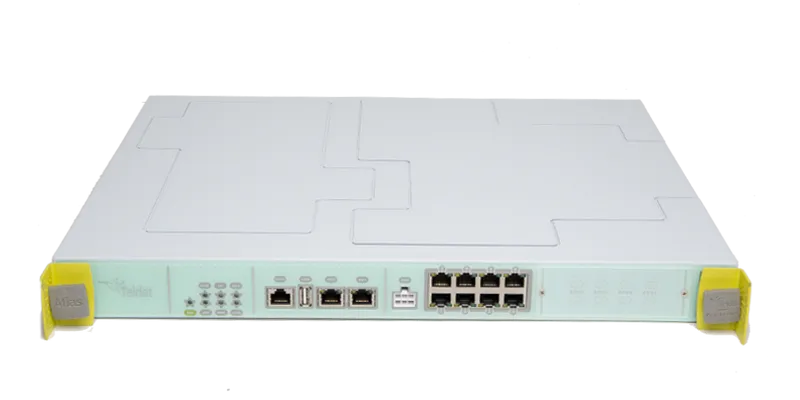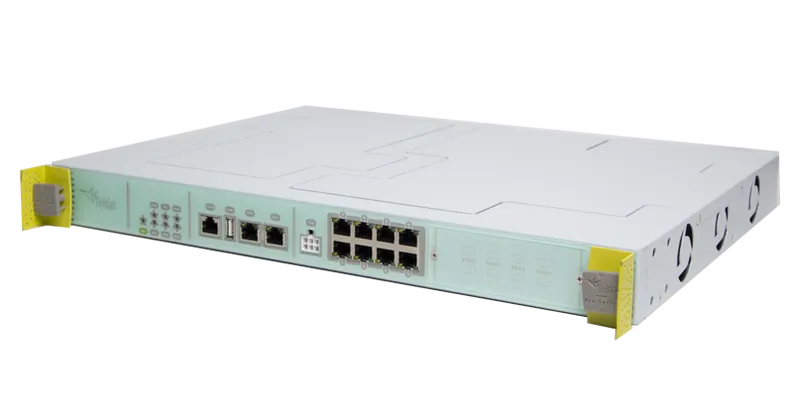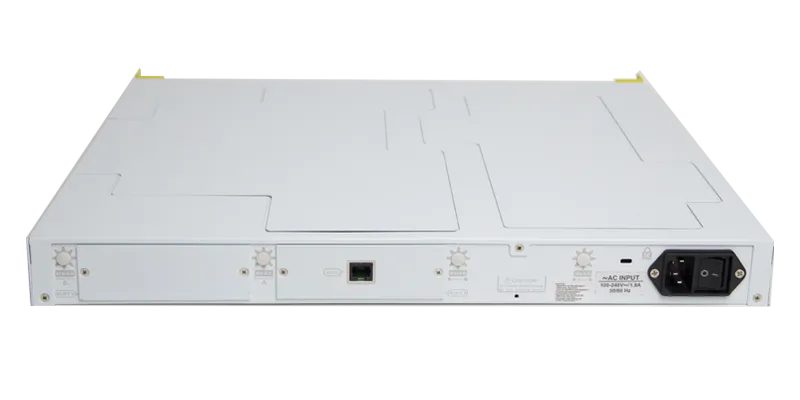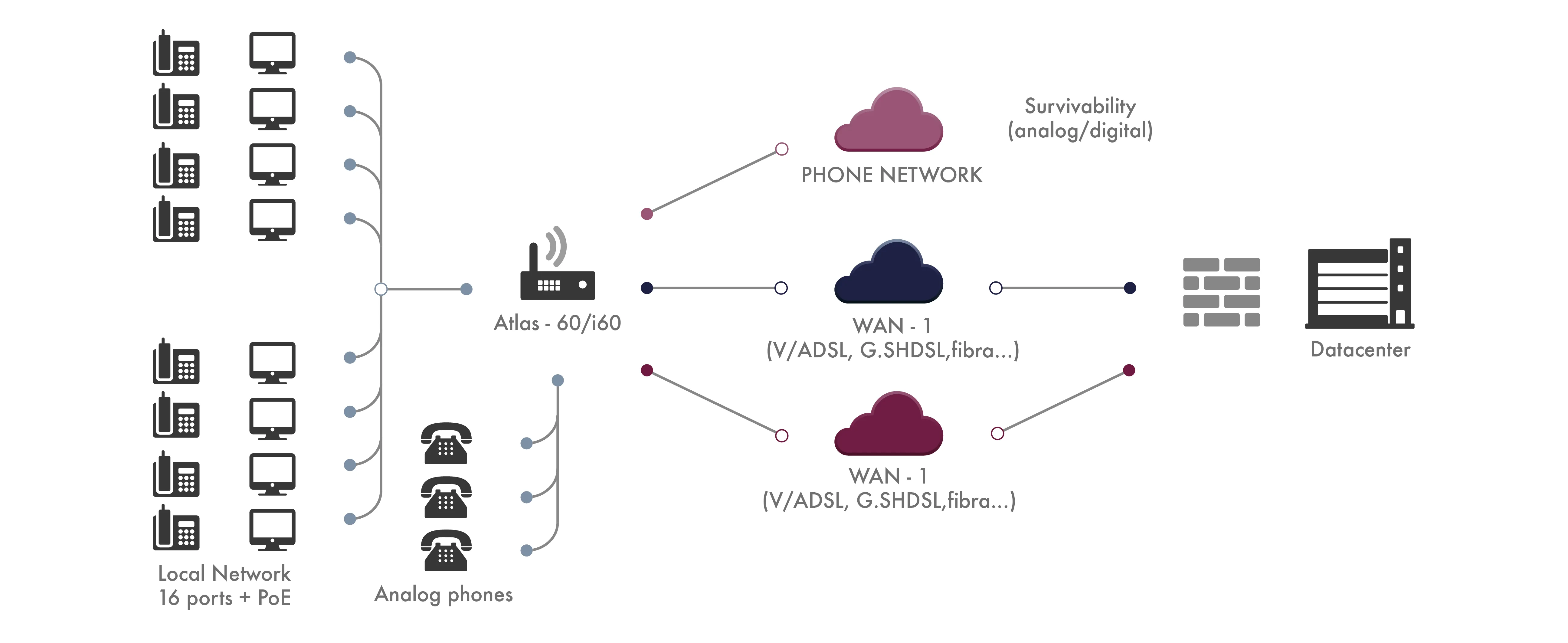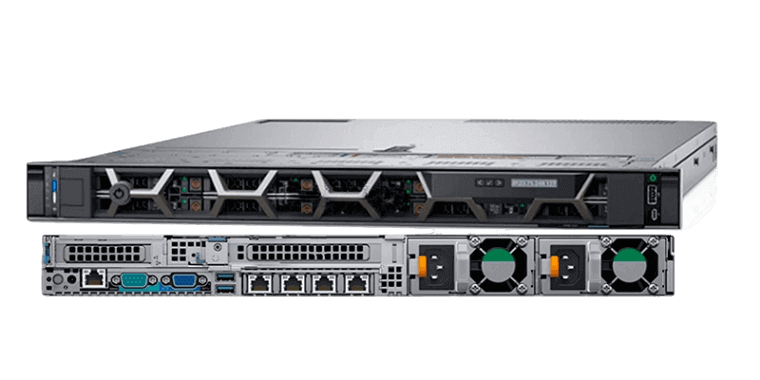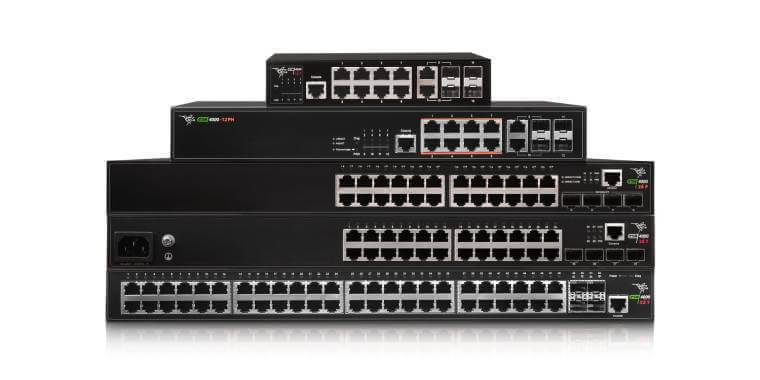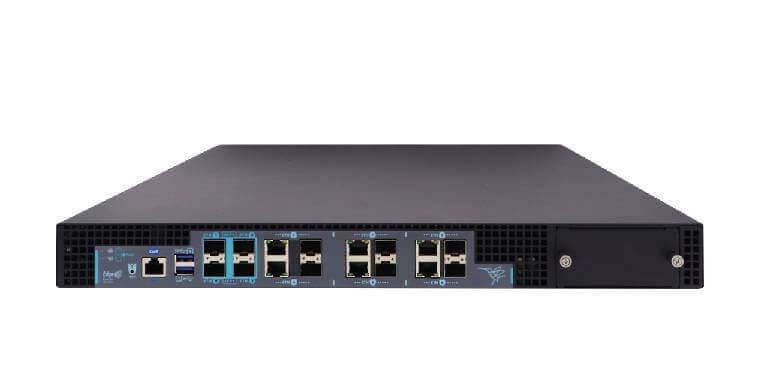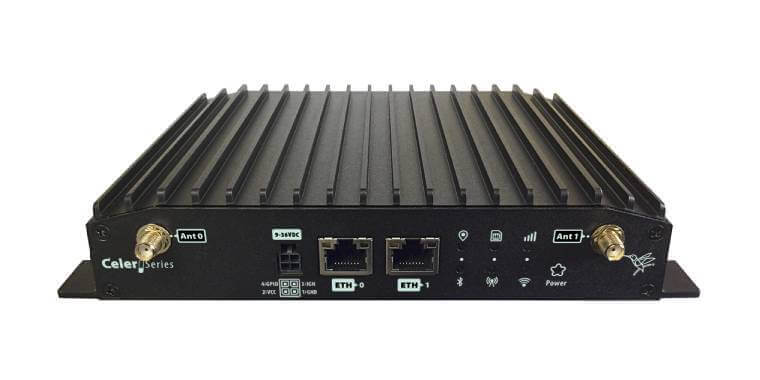The emergence of Bitcoin in 2008 marked the beginning of a technological revolution that led to the development of blockchain technology, laying the foundation for smart contracts. These applications, fundamental to the decentralized applications (Dapps) ecosystem,...
Atlas-60/i60 corporate router(EOS in October 2018)
Introduction
The Atlas-60/i60 has evolved the concept of the router. Featuring high modularity and power, making it suitable for use in almost any office connectivity scenario (large or small), the device also integrates traditional elements like switch, telephony, Wi-Fi and security. The device includes a secure, standards-based application server, on which you can safely run easily-managed native Linux applications without affecting router processing or performance.
Competitive Advantages
Description
Atlas-60/i60 is comprised of two devices in one. It is both a powerful and scalable communications platform for external and fixed local wireless network connection and a flexible and manageable application server that enables remote office communications and IT infrastructures to be reduced and rationalised.
As a communications platform, it contains 8 or 16 Fast Ethernet ports with PoE capacity and an eventual Wi-Fi Access Point, 2 Gigabit Ethernet ports and 3 expansion slots.
As a server, it supports Linux applications in a CPU core and independent O.S. to prevent communications from being interrupted.
Logically, it includes all functions required of a professional router, like routing (RIP, OSPF, BGP, VRF, Policy Routing, etc.), security (ACLs, Firewall, IPSec, 802.1X, etc.), Service Quality (CBWFQ, LLQ, PQ, etc.), or management (CLI, SNMPv3, AAA, etc.)
The Atlas-60/i60 is a communications platform for medium-sized offices. The big advantages to using the device are twofold. First, it solves the external and internal connectivity requirements for offices. Second, it allows for the creation of an internal virtual server for running applications that would normally be run on a separate machine (acceleration, security, inventory, storage, etc.). In this way, less infrastructure is needed and system management becomes easier thanks to a sophisticated communications administration platform and cloud-based applications.
Based on a hardware platform which is as powerful as it is scalable, it offers over 100 Mbps performance and integrates up to 16 Ethernet ports for the local network, 3 slots to cover every connectivity scenario, and highly reputable communications software.
Key Features
Suitable for use in scenarios of up to 100 Mbps IMIX with symmetrical services through its powerful hardware architecture that includes hardware encryption.
The integrated switch is ideal for small offices as it avoids the use of an external switch and therefore reduces costs and failure points. Duplex, self-negotiable ports with a PoE option.
In addition to WAN and LAN access, it is also equipped with three adjustable slots for complex double or triple external network connections. Cards FO, VDSL, Serial, E1/T1, G.SDHSL, etc. available
Corporate communications require corporate security. Atlas-60/i60 includes state-of-the-art security free of charge: ACLs, Firewall, 802.1X, IPSec (optional hardware encryption), etc.
Medium-sized and large offices require equipment that can be installed in standard communications cabinets with adequate forced ventilation. Atlas-60/i60 is especially designed for such installations.
Dual core CPU, where one core is dedicated to routing and Linux Debian available for applications uses the other No processing elements need to be added
Double Gigabit Ethernet electrical interface that does not occupy a slot. This prevents scalability and use of other access technologies like G.SHDSL, E1 or ADSL/VDSL as a redundant access from being compromised.
A smaller or larger storage system is required according to the size of the applications running on the device, for which it is equipped with an internal hard drive or USB Flash memory card.
Atlas-60/i60 includes software with advanced functions required in corporate networks and operator services, prepared for highly demanding scenarios like MPLS and managed services.
Managed Operator and Integrator services require out of band management to prevent interference with the client´s network and the console port is the most common method used.
Read our latest Blog Posts
Developing a Robust Disaster Recovery Plan in the Cloud
In an increasingly digital world, businesses depend on cloud-based systems for everything from data storage to critical applications. While the cloud offers significant benefits—such as scalability, flexibility, and cost efficiency—it also presents new challenges in...
The importance of Real-Time Network Analysis and Trend Analysis
In our digital age, the relentless stream of information can be both constant and overwhelming. Within this landscape, real-time network analysis and trend analysis have emerged as indispensable tools for comprehending and leveraging this deluge of data. Across...


